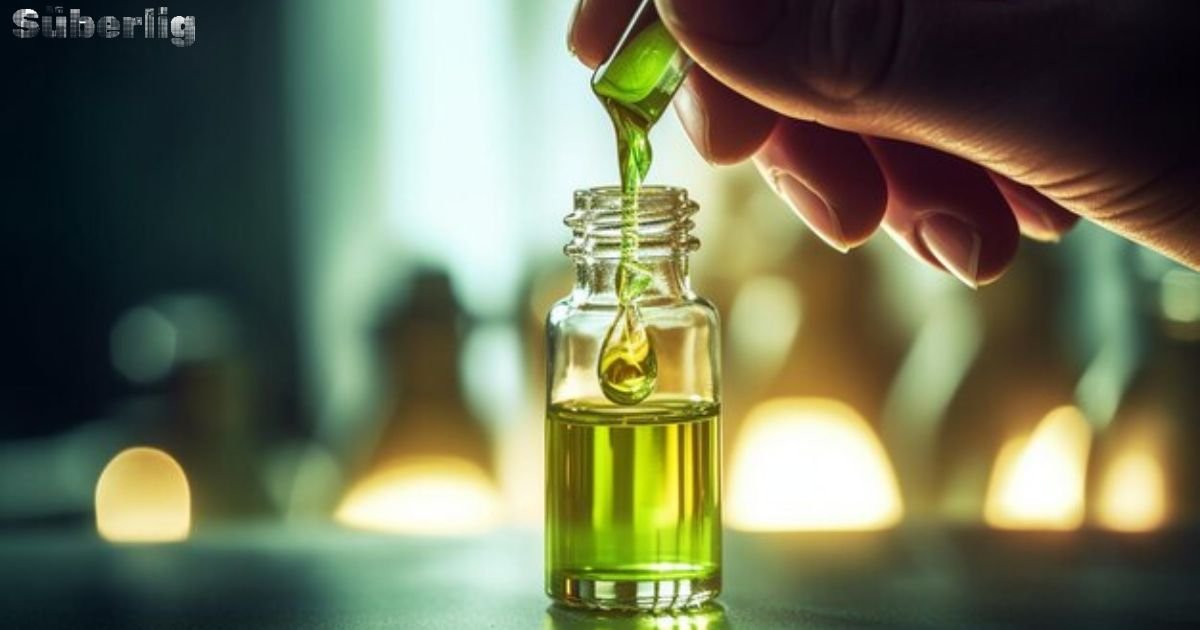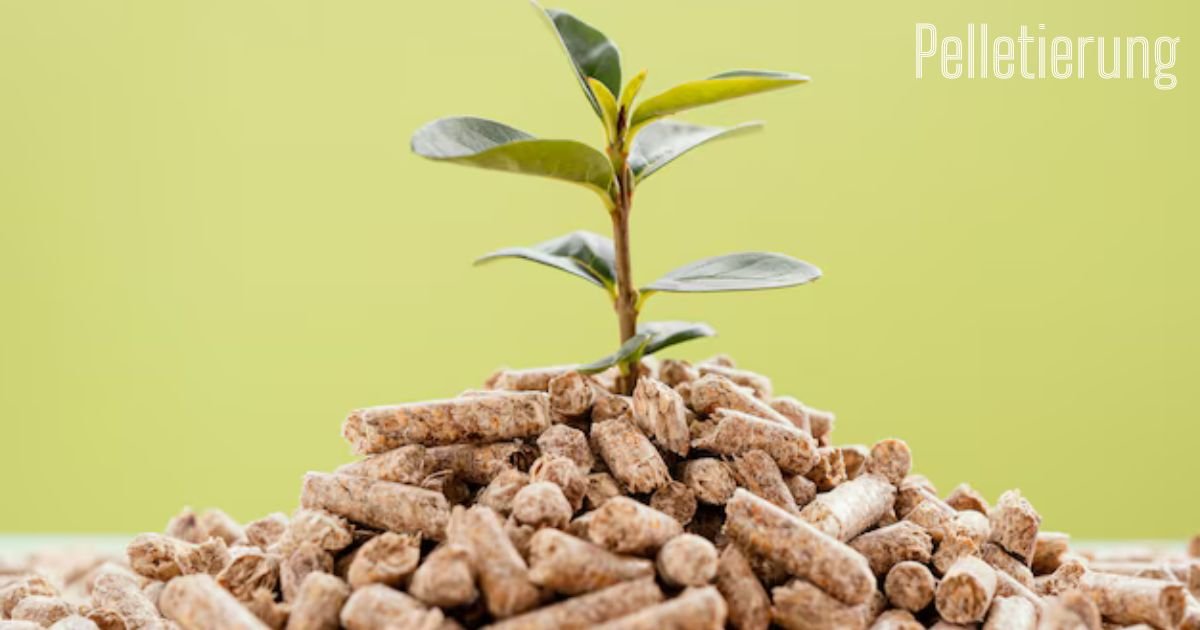Kanikama, commonly known as imitation crab, has found its way into many kitchens around the world. This seafood substitute has grown in popularity due to its affordability, versatility, and resemblance to real crab meat. But what exactly is it , and how can you enjoy it in your dishes? Let’s dive into the details.
What is Kanikama?
Kanikama is a type of seafood made primarily from processed white fish, most commonly Alaskan pollock. It is mixed with various other ingredients like starch, egg whites, and flavorings to create a product that closely mimics the texture and taste of real crab meat. Its vibrant red coloring on the outside and delicate white interior make it visually appealing in dishes like sushi and salads.
The Origins of Kanikama
The concept of Kanikama originates from Japan, where the need for an affordable crab substitute led to its creation in the 1970s. Since then, it has spread globally, becoming a staple ingredient in many countries. Its ability to mimic real crab without the high cost makes it an attractive option for those looking to enjoy seafood without breaking the bank.
How Kanikama is Made
The process of making it involves mincing white fish into a paste, known as surimi. This paste is then seasoned, shaped, and dyed to resemble crab meat. Manufacturers use specific methods to give it the fibrous texture of real crab, ensuring that it flakes similarly when cooked or eaten raw. This process results in a product that not only tastes like crab but also has a similar mouthfeel.
Health Benefits
While Kanikama may not be as nutrient-dense as real crab, it still offers several health benefits. It is a good source of protein and low in fat, making it a decent option for those looking to maintain a healthy diet. However, it is important to note that It is often high in sodium and may contain additives or preservatives, so moderation is key.
Kanikama in Japanese Cuisine
In Japanese cuisine, It is most famously used in sushi rolls, particularly California rolls. Its sweet, delicate flavor pairs well with rice, avocado, and cucumber, making it a perfect addition to sushi. It is also used in soups, tempura, and various other dishes in Japan, highlighting its versatility as an ingredient.
Popular Uses of Kanikama Around the World
Kanikama has found a place in international cuisine as well. In the United States, it is commonly seen in seafood salads and as a topping for pasta dishes. In European countries, it may be incorporated into cold seafood platters or used in sandwich fillings. Its mild flavor and easy-to-use nature make it an adaptable ingredient for many culinary styles.
How to Cook with Kanikama
Kanikama is typically pre-cooked and can be eaten straight from the package, making it a convenient option for quick meals. You can shred it into salads, mix it into seafood dips, or add it to pasta dishes for a seafood twist. If you’re feeling creative, It can also be grilled, sautéed, or added to soups for a warm, comforting meal.
Kanikama vs. Real Crab: A Comparison
While Kanikama closely resembles real crab, there are notable differences. Real crab is more nutrient-dense, providing higher levels of vitamins and minerals such as vitamin B12, zinc, and omega-3 fatty acids. Additionally, the flavor of real crab is richer and more complex. On the other hand, It offers convenience, affordability, and a longer shelf life, making it a more accessible option for everyday use.
Is Kanikama Safe to Eat?
Yes, Kanikama is generally safe to eat as long as it is stored and handled properly. It is made from cooked fish, meaning it doesn’t pose the same risks as raw seafood. However, individuals with fish allergies should avoid it, as it contains fish protein. Always check the label for any additional allergens or additives that may be included in the product.
Nutritional Value of it
Kanikama provides a moderate amount of protein, with approximately 6 grams per 100 grams of product. It is also low in fat, typically containing less than 1 gram of fat per serving. However, It can be high in sodium, with some varieties containing over 500 mg per serving. As with many processed foods, it’s best to enjoy it in moderation.
How to Choose the Best
When shopping for Kanikama, look for a product that contains a high percentage of fish. Higher-quality Kanikama will have fewer additives and preservatives, ensuring a purer flavor. Pay attention to the color as well—bright, vibrant reds may indicate artificial coloring, while more natural-looking hues suggest fewer artificial ingredients.
Storing it
It is typically sold refrigerated or frozen, and it should be stored in the same way at home. If refrigerated, it should be consumed within a few days of opening to maintain freshness. Frozen it can be stored for several months, but once thawed, it should not be refrozen.
Incorporating it into Your Diet
If you’re looking to add more seafood to your diet without the high cost, It is a great alternative. Its mild flavor allows it to blend easily into a variety of dishes, from sushi rolls to seafood soups. Plus, its low-fat content makes it a good choice for those watching their calorie intake.
Is Kanikama Sustainable?
The primary fish used in it, Alaskan pollock, is considered a sustainable seafood choice when sourced from well-managed fisheries. However, sustainability can vary by region, so it’s important to check the source of the Kanikama you purchase. Look for labels such as the Marine Stewardship Council (MSC) certification to ensure that the product is sustainably sourced.
The Future of it
As plant-based and alternative proteins continue to rise in popularity, the future of it may involve new innovations. Some companies are experimenting with plant-based versions of it, offering an option for those who follow a vegetarian or vegan diet. These alternatives mimic the texture and flavor of traditional Kanikama while using sustainable, plant-based ingredients.
Conclusion
Kanikama is more than just a seafood substitute—it’s a versatile, affordable ingredient that has found its way into cuisines around the world. Whether you’re enjoying it in a sushi roll or adding it to your favorite salad, It offers the flavor of the sea at a fraction of the cost of real crab. While it may not provide the same nutritional benefits as fresh seafood, its convenience and accessibility make it a popular choice for many.
FAQs
Is Kanikama gluten-free?
Most of it’s brands are gluten-free, but it’s essential to check the label, as some may contain wheat-based binders.
Can you eat Kanikama raw?
Yes, It is pre-cooked, so it can be eaten straight from the package without further cooking.
How long does Kanikama last in the fridge?
Once opened, It should be consumed within 2-3 days to ensure freshness.
Is Kanikama vegan?
Traditional Kanikama is made from fish, so it is not vegan. However, plant-based alternatives are available.
Can Kanikama be frozen?
Yes, It can be frozen, and it should be stored in the freezer if you don’t plan to use it immediately.











